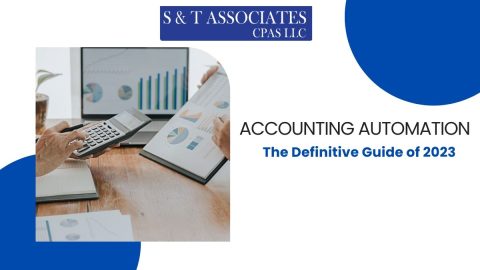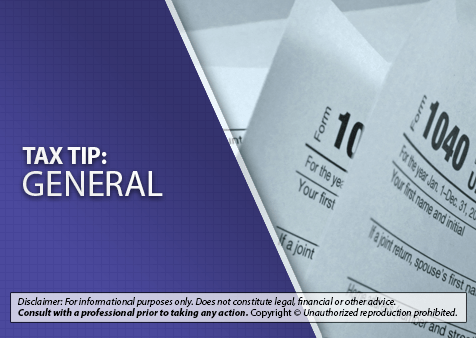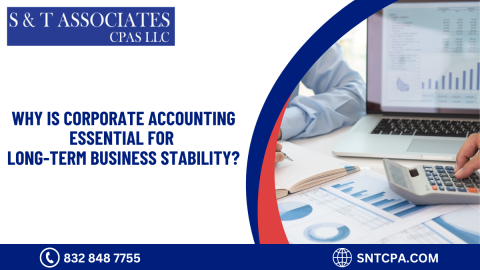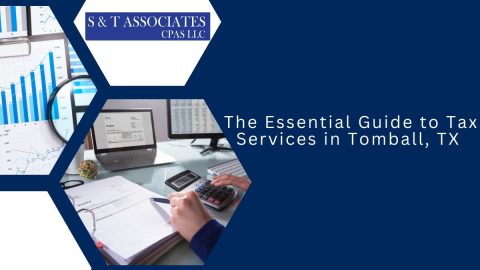Interests in a Partnership that are tied to the Provision of Services
A partnership interest transferred to or maintained by a taxpayer in connection with the provision of substantial services for the partnership in an “applicable trade or business” (“ATB”) is commonly defined in Section 1061 as an API. ATB is defined as any activity carried out on a steady, regular, and considerable basis by one or more entities that are wholly or partially formed by
(1) Capital raising or capital return and
(2) Purchasing or selling of “designated assets” (securities, commodities, real estate held for rental or investment, cash or cash equivalents)
Section 1061 of the Internal Revenue Code was added as part of the Tax Cuts and Jobs Act of 2017. (TCJA). Section 1061 reclassifies certain net long-term capital gains of a partner who owns one or more applicable partnership interests as short-term capital gains for taxable years starting after December 31, 2017. Generally, the rule requires that a capital asset be held for more than three years in order for capital gain distributed to any appropriate partnership interest (API) to be recognised as long-term capital gain.
Pass-through Entities are required to report certain information to their API Holders.
IRS has issued Worksheet A to determine the amount and it has the following 7 components:
- Net long-term capital gain (loss)– The taxpayer must determine the net long-term capital gain, which will equal the entire long-term capital gain reported on line 9a of Schedule K-1, without any adjustments for Section 1061.
- Capital gains or (losses) that are not subject to Section 1061 under Section 1.1061-4(b)(7) – The taxpayer must determine the correct amount of capital gains from the available capital gains. Capital gains and losses are normally excluded under this provision if they result through Section 1256 contracts, Section 1231 property, or similar transactions. They should be recorded here if they are contained on line 9a of the Schedule K-1. Certain of these things, such as Section 1256 items, are normally not reported on line 9a; hence, they would probably not need to be reported here in order to be eliminated.
- Capital Interest Gains or (losses) under Section 1.1061-3(c)(2)– These are the gains/losses that fall inside the capital interest exception to the regulations.
- API One Year Distributive Share Amount – Subtract lines 2 and 3 from 1 to obtain the Distributive Share Amount. This excludes from the calculation capital interest income and losses that are not subject to Section 1061.
- Amounts included in line 4 that would not be treated as long-term gain or (loss) if greater than three years is substituted for greater than one year– This is the amount that gets reclassified as short-term gain (after being netted with other API interests by the Owner Taxpayer).
- Any Look through Rule adjustment applicable to the disposition of an API by the pass-through entity– Because the look-through rule is not contained in the act and is only included in the regulations, if a taxpayer does not accept the proposed or final regulations for the 2021 tax year, this field is assumed left blank or marked N/A for the 2021 tax year.
- API Three Year Distributive Share Amount– Subtract the sum of lines 5 and 6 from Line.
A Pass-through Entity that does not have to or chooses not to apply the final regulations to tax returns filed after December 31, 2021 for a taxable year beginning before January 19, 2021, must attach a worksheet to the API Holder’s Schedule K-1 that contains similar information as Worksheet A , and must disclose whether the information was determined under the proposed regulations or another method.
Calculation of Short-term capital gain under section 1061.
An Owner Taxpayer is an individual, estate, or trust that is responsible to Federal income tax on the Recharacterization Amount. An Owner Taxpayer uses information provided by all Pass-through Entities in which it holds an API, either directly or indirectly, to determine the amount recharacterized as short-term capital gain for a taxable year under section 1061(a) and (d). Worksheet B must be utilised to calculate the Owner Taxpayer’s Recharacterization Amount on tax returns filed after December 31, 2021 in which the Owner Taxpayer applies the final regulations under TD 9945. Worksheet B, along with Tables 1 and 2, must be attached to the Owner Taxpayer’s tax return, and an owner who is not required to or chooses not to apply the final regulations to tax returns must attach worksheets containing similar information to its return and disclose whether the information was determined under the proposed regulations or another method.
Reporting Requirements
On Schedule D (Forms 1040 and 1041) and Form 8949, Sales and Other Dispositions of Capital Assets, an Owner Taxpayer adds long- and short-term API Gains and Losses as if section 1061 did not apply. Recharacterization Amounts computed in line 7 of Worksheet B, and/or amounts resulting from the application of section 1061(d) (transfer an API to a related person) as computed in line 8, will increase the Owner Taxpayer’s reported short-term capital gain by listing the transaction as “Section 1061 Adjustment” on the Form 8949, A “Section 1061 Adjustment” will be entered on the Owner Taxpayer’s Form 8949, Part II, line 1, to minimise long-term capital gains by entering zero as proceeds (column (d) of the Form 8949), as well as the amount from line 9 of Worksheet B as basis (column e) of the Form 8949.
Set up a consultation today or contact us to schedule a meeting.









